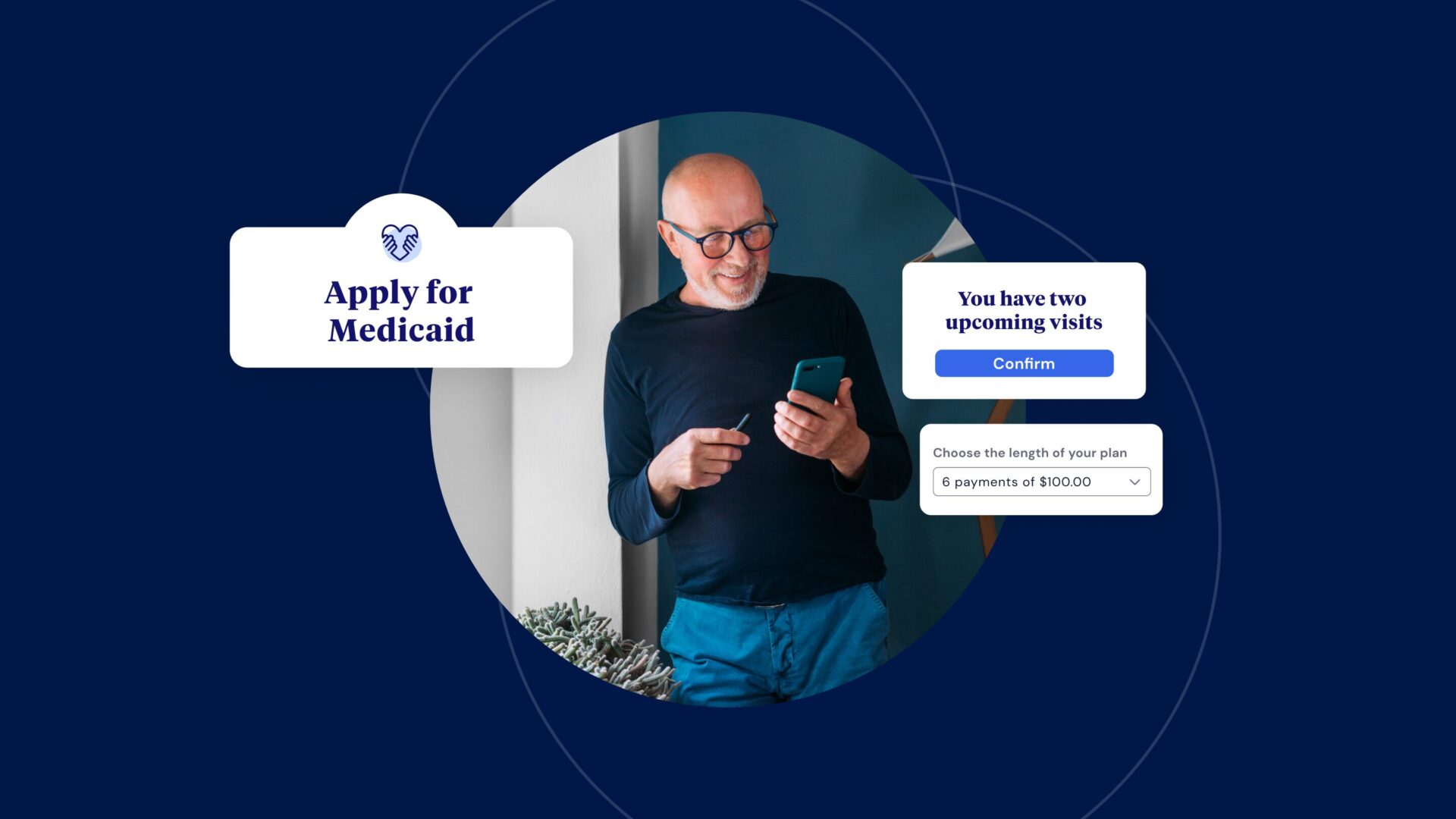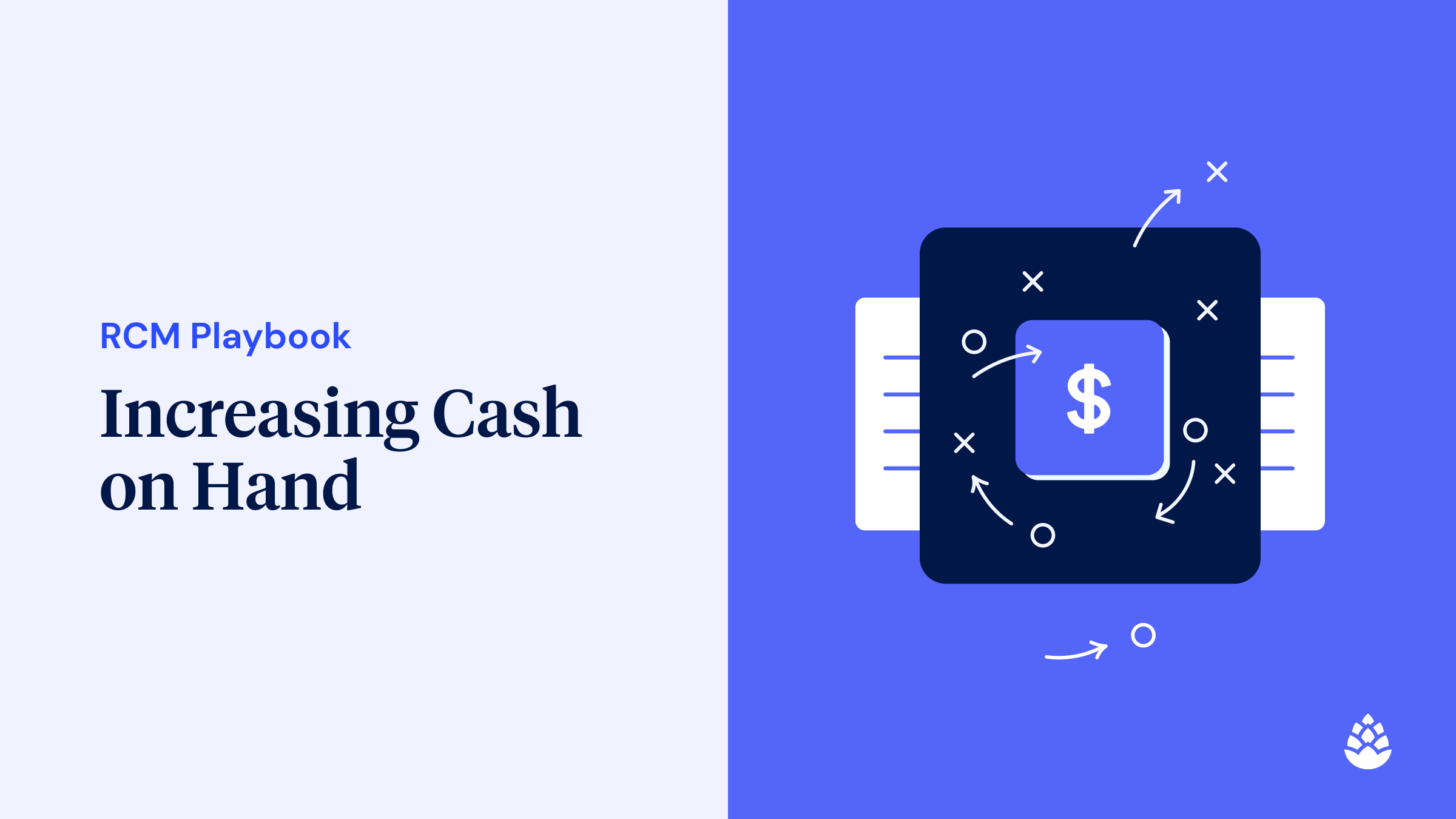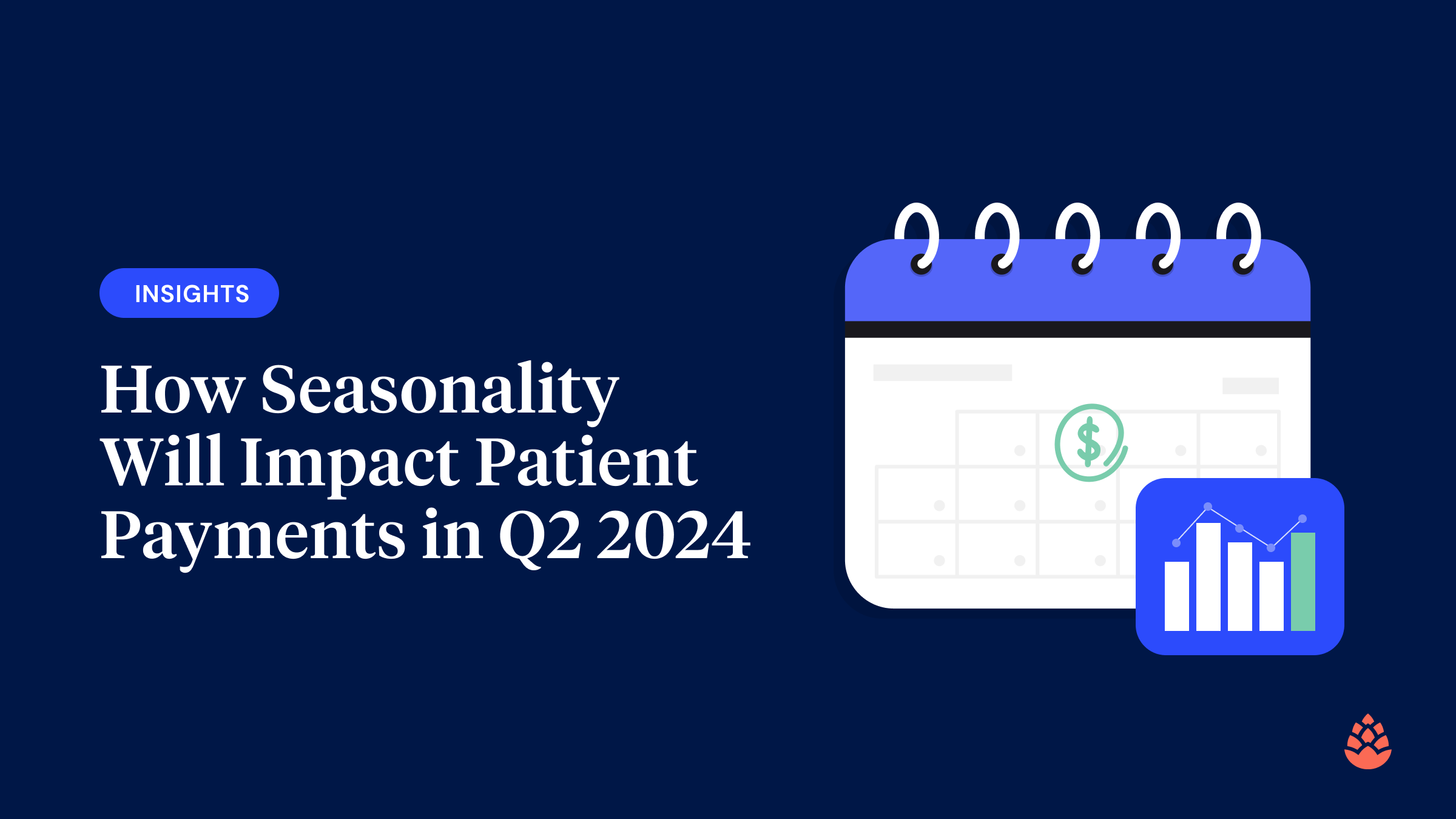Explore how Cedar empowers patients to do more themselves
“Do more with the less!” This request is nothing new for revenue cycle teams. But with hospitals facing critical staffing shortages and absorbing a 250%+ surge in labor costs in recent years, the ask has taken on a whole new meaning.
Teams must now boost operational efficiency and increase staff capacity, with digital self-service as the crucial strategy for achieving this. Why? Our analysis of client contact center data revealed that three in four inbound phone calls could be eliminated through self-service channels. This presents a massive opportunity to ease administrative burdens.
Here are five ways revenue cycle teams can start improving digital self-service today:
1. Help patients help themselves
Answering repetitive questions like “How do I change my billing notifications?” and “What’s a deductible?” can feel like Groundhog Day for customer service teams. Not only is it time-consuming, it’s also a heavy drain on the team’s resources and morale.
We recommend offering a FAQ resource tailored to common queries. The key to making this effective is ensuring easy access during online bill payment vs. burying it on the billing page of an organization’s website. Beyond saving teams hours of handholding, this approach can satisfy patient expectations of 24/7 support.
2. Go beyond just cleaning up the facility bill
We know that revenue cycle teams spend a lot of time and effort optimizing their patient statements. But even the most well-crafted bill can still trigger a phone call if a patient doesn’t understand how their insurance benefits were applied.
We see an opportunity here to answer these questions directly on statements. Using payer data, like real-time deductible and out-of-pocket maximum balances, revenue cycle teams can provide clear explanations of insurance coverage and cost-sharing. Allegheny Health Network did just that, and they saw an 11% drop in customer service requests.
“The provider says it’s good to go. The payer says it’s good to go. Now patients can pay with confidence.”
Adam Lough
Director of Revenue Cycle Strategic Initiatives and Optimization
Allegheny Health Network
3. Simplify access to financial assistance
Cedar’s 2024 Healthcare Financial Experience Study found that affordability is the top reason patients don’t pay their medical bills — not that they don’t want to. Yet more than half say they struggle to navigate the financial assistance process on their own.
Instead of just relying solely on financial counselors for support, revenue cycle teams can streamline financial assistance workflows through online tools like eligibility calculators and dynamic forms. With Cedar’s Affordability Navigator, we’re seeing three in four patients who are prompted to screen for Medicaid check their eligibility in just a few clicks.
4. Eliminate redundancy during check-in
Nobody likes getting asked for the same registration information over and over again. Now, imagine having to do this three times for three same-day visits within one health system. Is it any wonder that patients often skip pre-registration and lean on front desk staff to check-in?
Just like how TurboTax streamlines data entry across federal and state tax returns, revenue cycle teams can streamline registration across multiple visits. Go one step further and automate insurance capture using photo-to-text extraction. This helped AnMed achieve a 77% online check-in rate among patients who confirm their visits, saving valuable time for patients and staff alike.
“Our staff now have less paperwork to do and more time to focus on complex tasks.”
Denise Kitchen
Director of Professional Billing
AnMed
5. Make payment plans work harder
Most revenue cycle teams allow patients to set up payment plans online, and for good reason — the desire to spread out payments has jumped by a fifth over the past few years. But managing plans over time is often still a manual process for both patients and staff.
Empowering patients to modify plan terms within an organization’s guardrails can save a phone call. It also helps patients stick to their plans as budgets change, reducing the likelihood of default. When patients want to add new bills to existing plans, revenue cycle teams should give them the option to automate the process for added convenience.
Final thought
When it comes to digital self-service, there’s no silver bullet. We’ve found that the best strategy involves a multi-faceted approach — one that addresses top friction points along the end-to-end patient journey. By tackling real patient problems head-on, revenue cycle teams can improve the experience for everyone and start doing more with less.
Ben Kraus is Senior Content Lead at Cedar



